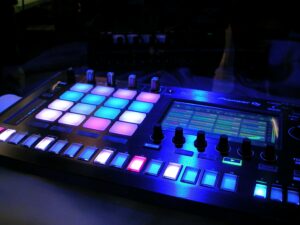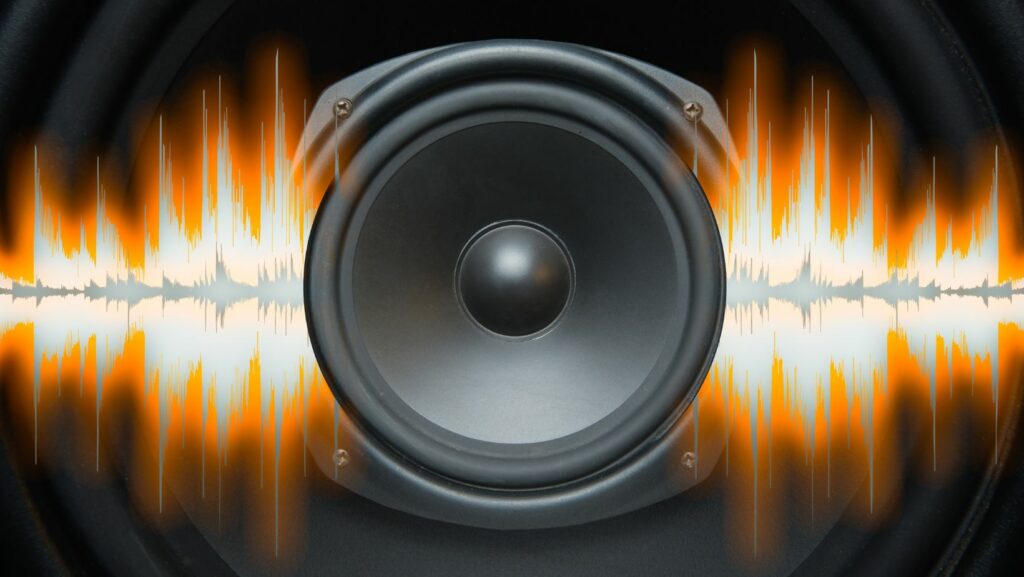Rhythm, the heartbeat of music, dances through every culture and genre, shaping the way people experience sound. From the steady pulse of a marching band’s drumline to the complex polyrhythms of African drumming, rhythm’s diversity is vast and fascinating. It serves as the foundation for musical expression, weaving together time and space in a tapestry of beats.
How Many Rhythms Are There

Exploring the number of rhythms in music is like diving into an ocean of possibilities. Each rhythm carries its own unique signature, influenced by cultural traditions, historical contexts, and innovative experimentation. Musicians and composers continuously push the boundaries, creating new rhythmic patterns that captivate listeners and inspire movement.
Rhythm is the backbone of musical composition, consisting of patterns created by varying the duration and timing of sounds and silences. It serves as a means for musicians to communicate structure, emotion, and meaning. The basic elements of rhythm include beat, tempo, and meter.
Elements of Rhythm
- Beat: This is the steady pulse underlying a musical piece, often grouped into measures, providing a framework for interpreting musical phrases. In genres like pop and rock, the beat is typically regular and heavily emphasized.
- Tempo: Tempo indicates the speed at which a piece should be played, measured in beats per minute (BPM). Higher BPMs correspond to faster tempos. Classical music may feature tempo changes to convey mood, while electronic music often maintains a consistent tempo for danceability.
- Meter: Meter organizes beats into recurring patterns, described using time signatures like 4/4 or 3/4. Each time signature shapes the feel of the rhythm, with 4/4 being common in Western music, creating a balanced groove.
- Polyrhythms: These combine two or more contrasting rhythms played simultaneously, adding complexity. Jazz and African music frequently utilize these intricate textures to enrich their sound. Understanding how these elements interact allows musicians to create diverse rhythmic landscapes.
Types of Rhythms in Music
Musical rhythms come in various forms, each adding a unique texture to compositions. These variations reflect genre distinctions and global cultural influences.

- Simple Rhythms: Found in pop and rock, simple rhythms use time signatures like 4/4, making them easy to follow and dance to.
- Compound Rhythms: Seen in jazz and blues, these rhythms use time signatures like 6/8, allowing notes to group in threes, creating a vital “swing” feel.
- Syncopated Rhythms: Present in Latin and funk music, syncopation emphasizes beats in unexpected places, creating dynamic grooves.
- Polyrhythms: Common in African and Afro-Cuban music, these involve multiple contrasting rhythms, enriching the musical texture.
- Irregular Rhythms: Used in progressive rock and some classical pieces, these rhythms employ uncommon time signatures like 5/4 or 7/8, challenging conventional rhythm structures.
These rhythm types showcase the inventive power of musicians, demonstrating how rhythm serves as a versatile tool for artistic expression across genres and cultures.
Cultural Variations in Rhythms

Cultural diversity significantly influences rhythmic patterns in music. For instance, African music often employs polyrhythms, where multiple rhythms coexist, enriching the musical experience. In contrast, Western classical music tends to favor structured rhythms, often utilizing time signatures like 4/4 or 3/4, reflecting a preference for order.
Latin American music features syncopated rhythms, creating lively beats that emphasize off-beats and accents. Indian classical music employs tala, a rhythmic framework involving intricate cycles and improvisation, showcasing the performer’s skill and cultural heritage.
Rhythm in Other Art Forms
Rhythm extends beyond music into various art forms, incorporating temporal patterns to enhance expression.
- Dance: Rhythm guides movement, synchronizing dancers’ actions to music. Choreographers use rhythmic variations to create dynamic performances.
- Poetry: In poetry, rhythm shapes the auditory experience. Poets employ meter to add musicality, enhancing the flow of verses.
- Visual Arts: Rhythm in visual arts refers to the repetition of elements to create movement within a composition, encouraging viewers to follow a visual path.
- Theater: In theater, pacing and timing maintain audience engagement. Actors interpret rhythm in dialogue delivery, using pauses to convey emotions.
- Film: Rhythm influences editing and scene transitions. Editors balance quick cuts and longer scenes, while soundtracks employ rhythm to enhance emotional impact.
The Role of Rhythm in Emotion and Perception
Rhythm shapes how individuals perceive and experience various art forms. It connects people to emotions and stories, guiding their responses. In music, rhythm serves as a universal language that bridges cultural divides, inspiring creativity and innovation.
As a fundamental element of artistic expression, rhythm enriches the human experience, offering a timeless connection to culture and emotion. Whether through the pulse of dance, the flow of poetry, or the pacing of film, rhythm weaves narratives that resonate deeply within us.

